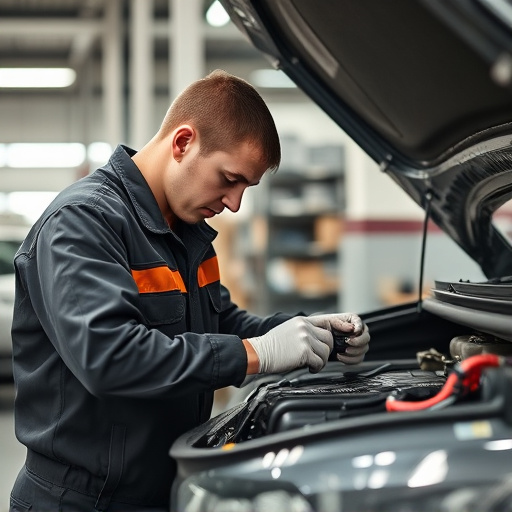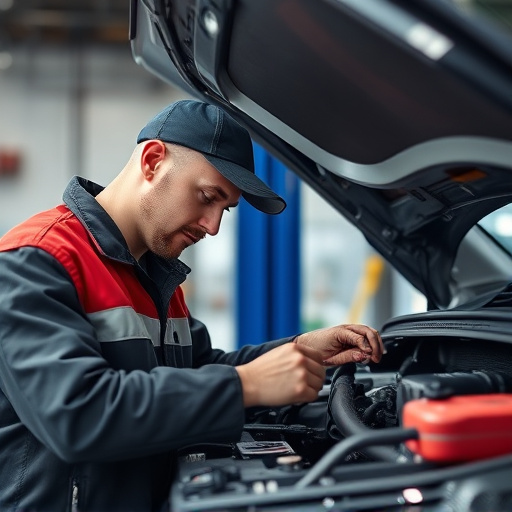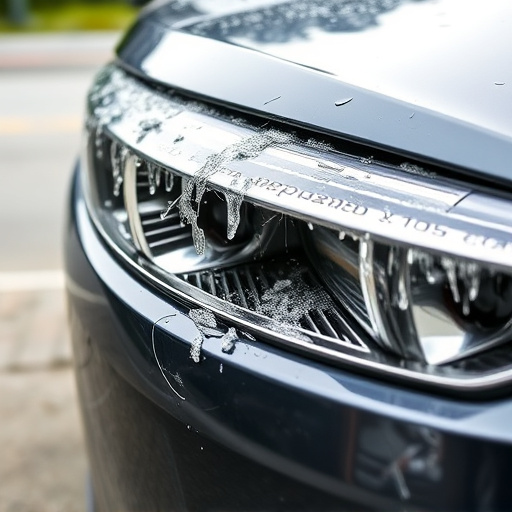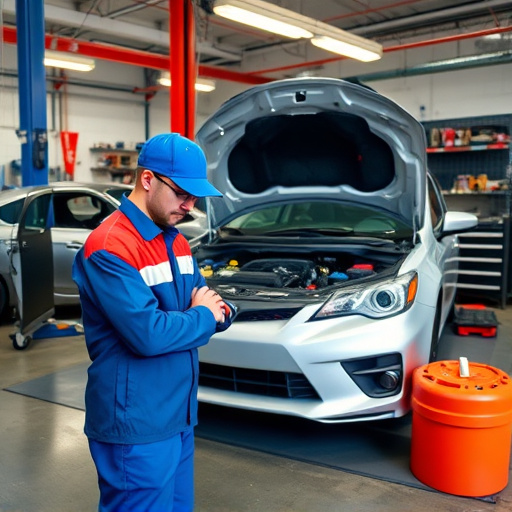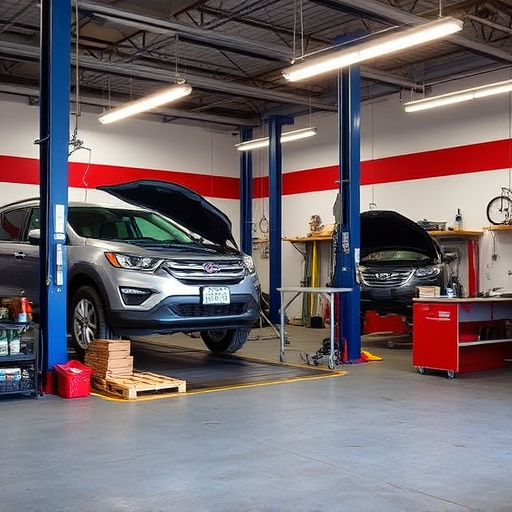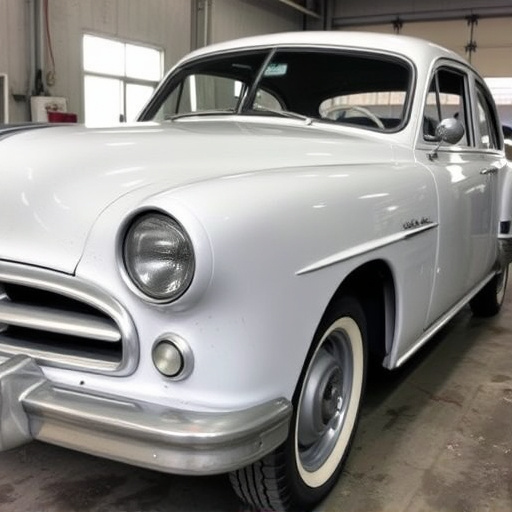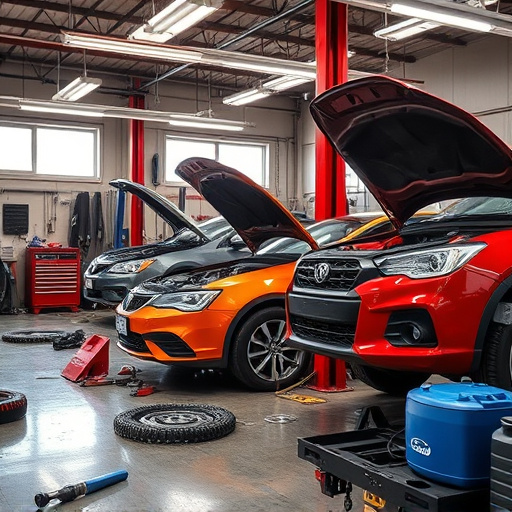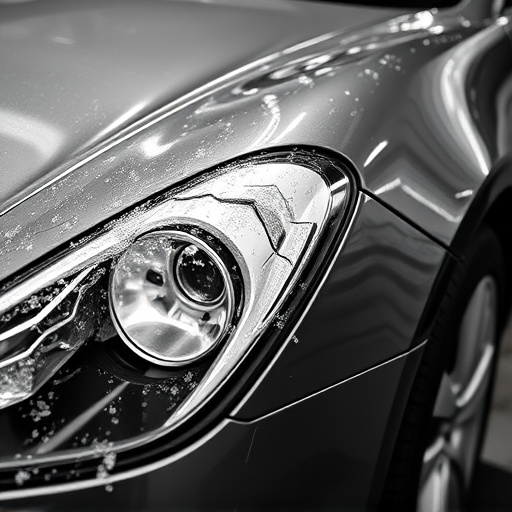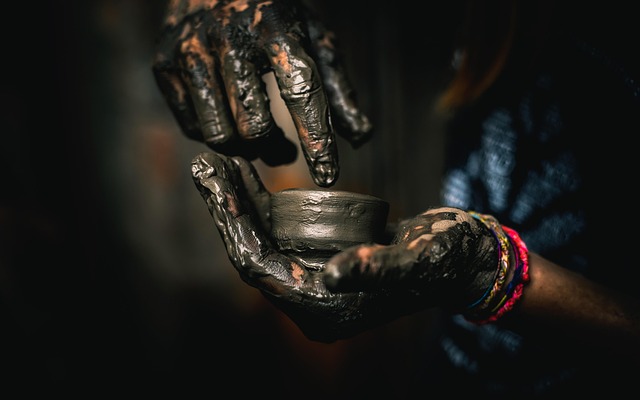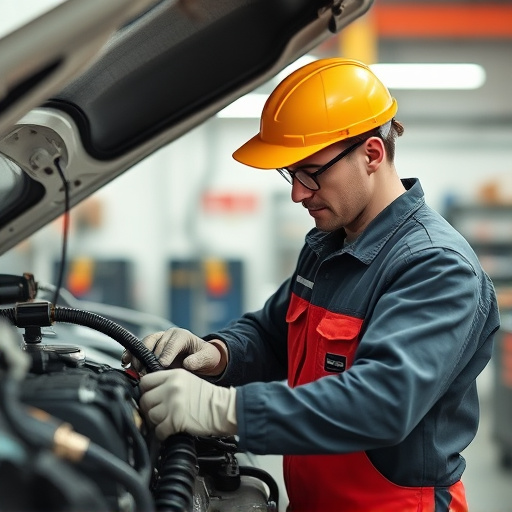Inspecting a vehicle's radiator for leaks, corrosion, and paintless dent repair reveals potential cooling system accident damage. Check coolant levels and color, examine hoses and radiators for leaks, and assess fan functionality and noise to prevent costly repairs from severe damage. Early detection through these steps ensures the longevity of critical systems.
When it comes to keeping your vehicle’s engine cool, nothing beats a well-functioning cooling system. However, accidents or neglect can cause significant damage. This article guides you through essential mechanics checks to identify potential cooling system issues. Learn how to inspect the radiator for leaks or corrosion, monitor coolant levels and color, and evaluate fan functionality and noise. By following these steps, you can proactively prevent or address cooling system accident damage, ensuring your vehicle’s longevity and safety on the road.
- Inspecting Radiator for Leaks or Corrosion
- Checking Coolant Levels and Color
- Evaluating Fan Functionality and Noise
Inspecting Radiator for Leaks or Corrosion
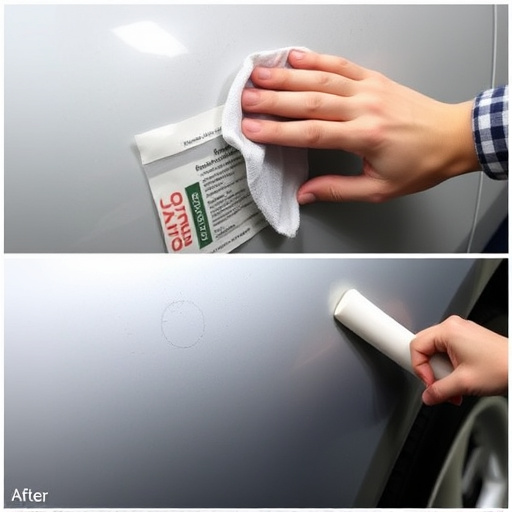
When evaluating a cooling system for potential damage from an accident, one of the first places to look is the radiator. Leaks and corrosion are telltale signs that something is amiss. Inspecting the radiator closely can help identify any breaches in its integrity. Corrosion, often visible as rust spots, could indicate exposure to moisture or contaminants, which may have entered through a crack or hole. These issues not only compromise the efficiency of the cooling system but also pose safety risks, as leaks can cause significant damage to other components and even lead to accidents.
Additionally, checking for signs of paintless dent repair is essential. If the radiator has sustained dents but hasn’t been repaired using this method, it might suggest previous involvement in a collision. While auto body repair and auto collision centers offer efficient solutions, identifying potential accident damage early can help owners take preventive measures to ensure their vehicle’s longevity, especially when it comes to critical systems like the cooling system.
Checking Coolant Levels and Color
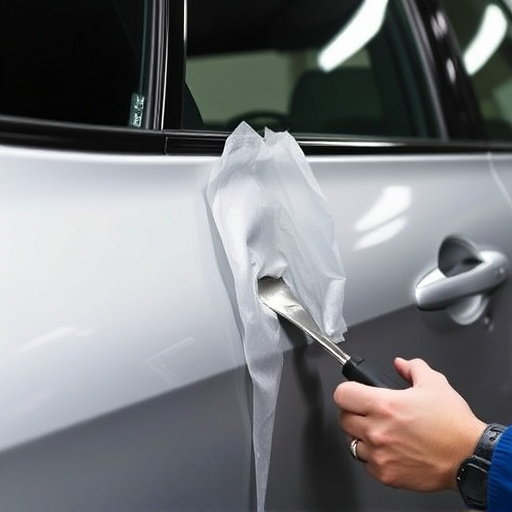
When inspecting a vehicle for cooling system accident damage, one of the first steps is to check the coolant levels and color. Coolant leaks can occur due to damaged hoses, radiators, or other components within the system. A visual examination should be conducted to identify any visible signs of fluid leakage around these areas. The coolant itself can also provide valuable information.
A healthy cooling system typically uses a vibrant green or antifreeze solution, which helps prevent freezing in cold temperatures and boosts engine performance. If the coolant appears discolored, such as brown, orange, or black, it could indicate corrosion, debris buildup, or contamination—all of which are signs of potential damage. Regularly checking these levels and colors during routine vehicle maintenance can help with early detection of issues, ensuring timely collision damage repair or bumper repair if needed, thus preventing more severe and costly repairs down the line.
Evaluating Fan Functionality and Noise
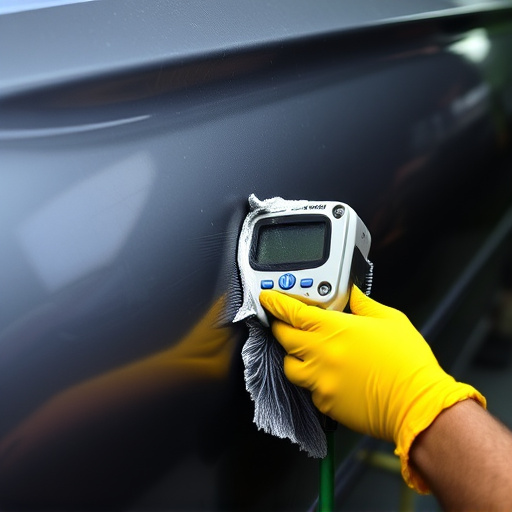
When assessing potential cooling system accident damage, evaluating the fan’s functionality and noise levels is a critical step. Auto repair shops often begin their diagnostics by listening to the engine compartment for any unusual sounds coming from the cooling system. This initial check can reveal issues like a malfunctioning fan motor or loose belts that might have been caused by the accident.
By examining the fan’s operation and comparing it to the expected noise profile of a well-maintained system, technicians can identify subtle changes indicative of damage. For instance, an abnormally loud whining or grinding sound could suggest worn bearings or a bent fan blade, whereas a complete absence of noise might point to a seized motor or disconnected electrical connections. Proper evaluation ensures that even minor cooling system issues are addressed promptly, preventing further complications and saving costs on auto glass replacement or auto painting services down the line.
When inspecting a vehicle’s cooling system, several key mechanics checks are essential to identify potential accident damage. By examining the radiator for leaks or corrosion, monitoring coolant levels and color, and evaluating fan functionality and noise, these assessments can help uncover hidden issues that may compromise engine performance and safety. Regular maintenance of your cooling system is vital to prevent unexpected breakdowns, ensuring your vehicle operates optimally even after accidents or other incidents.
